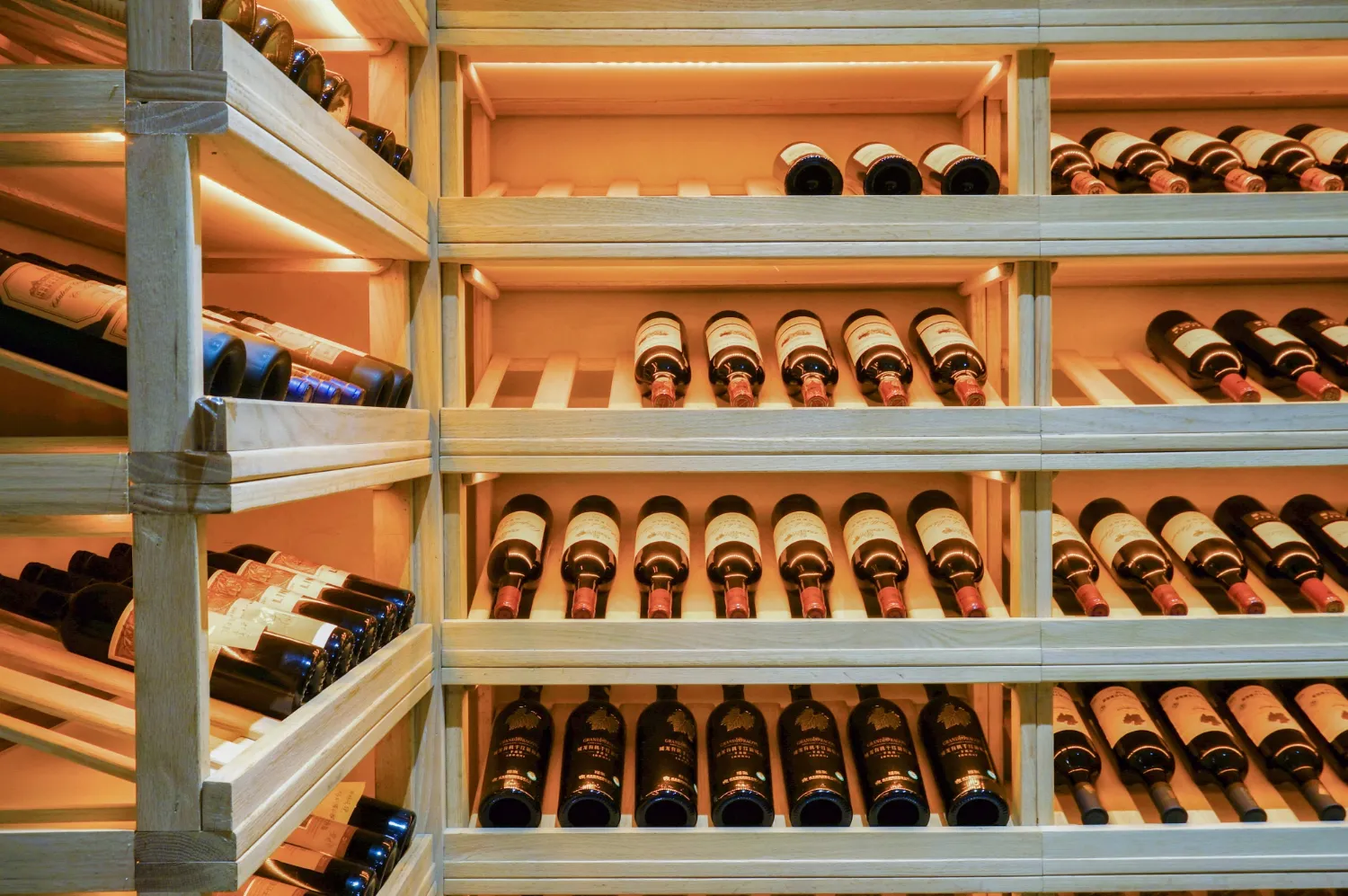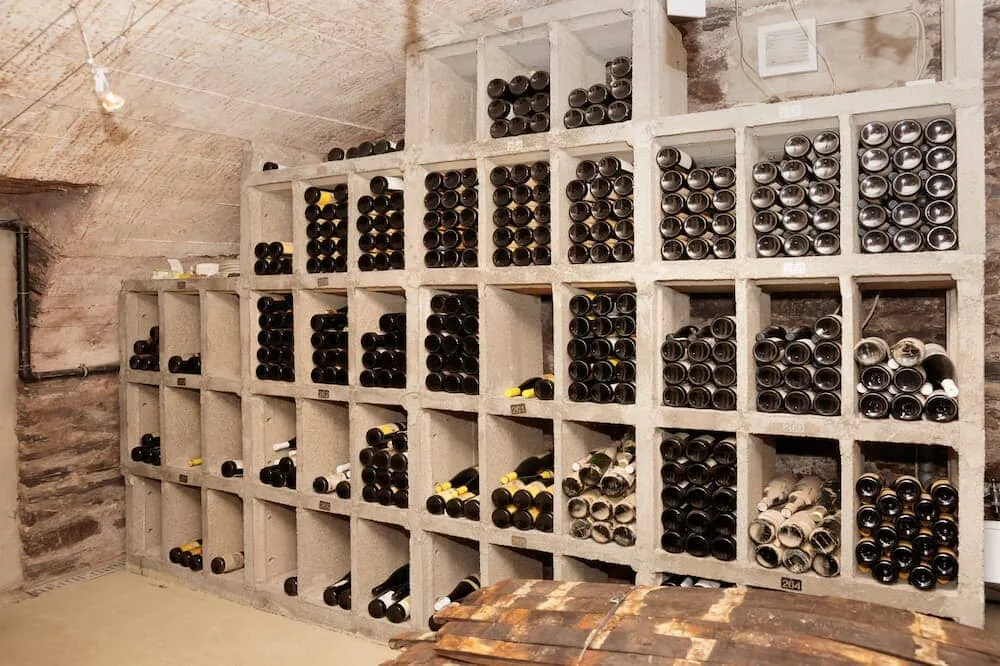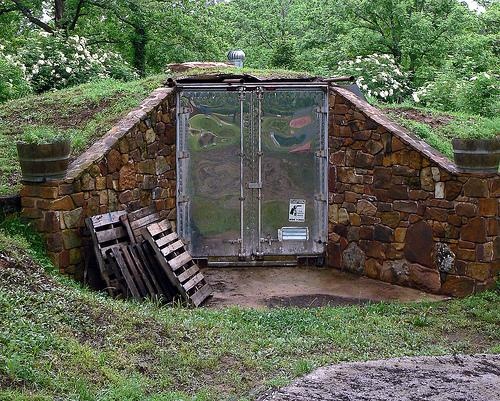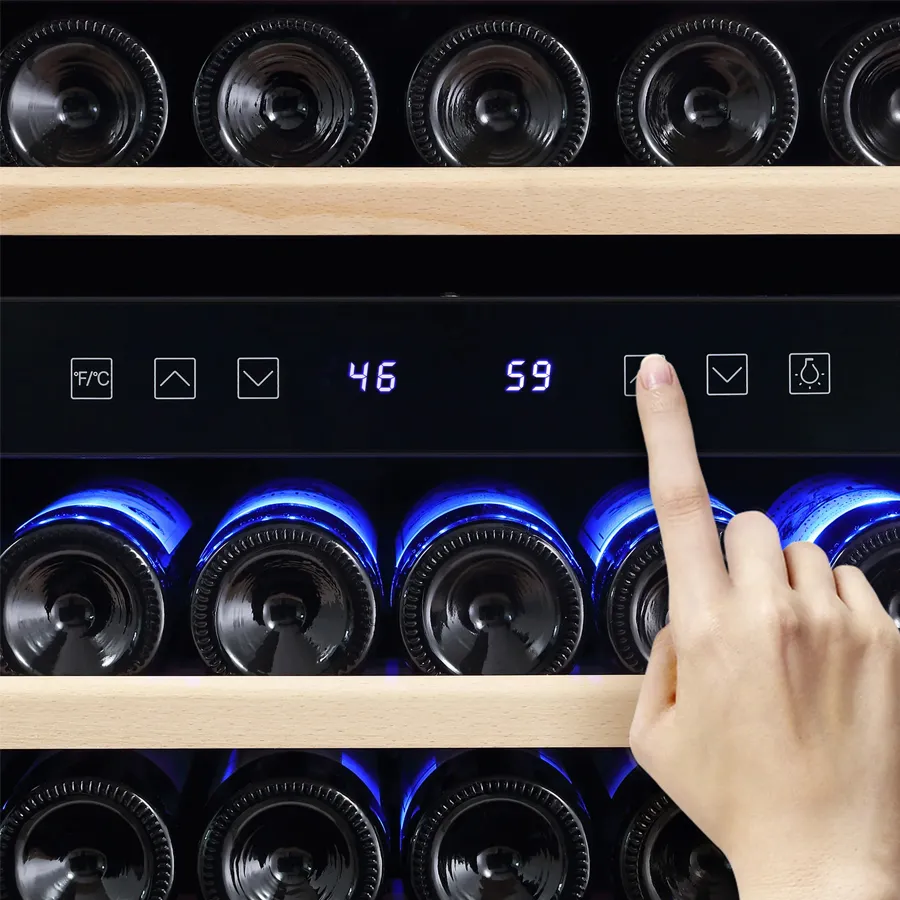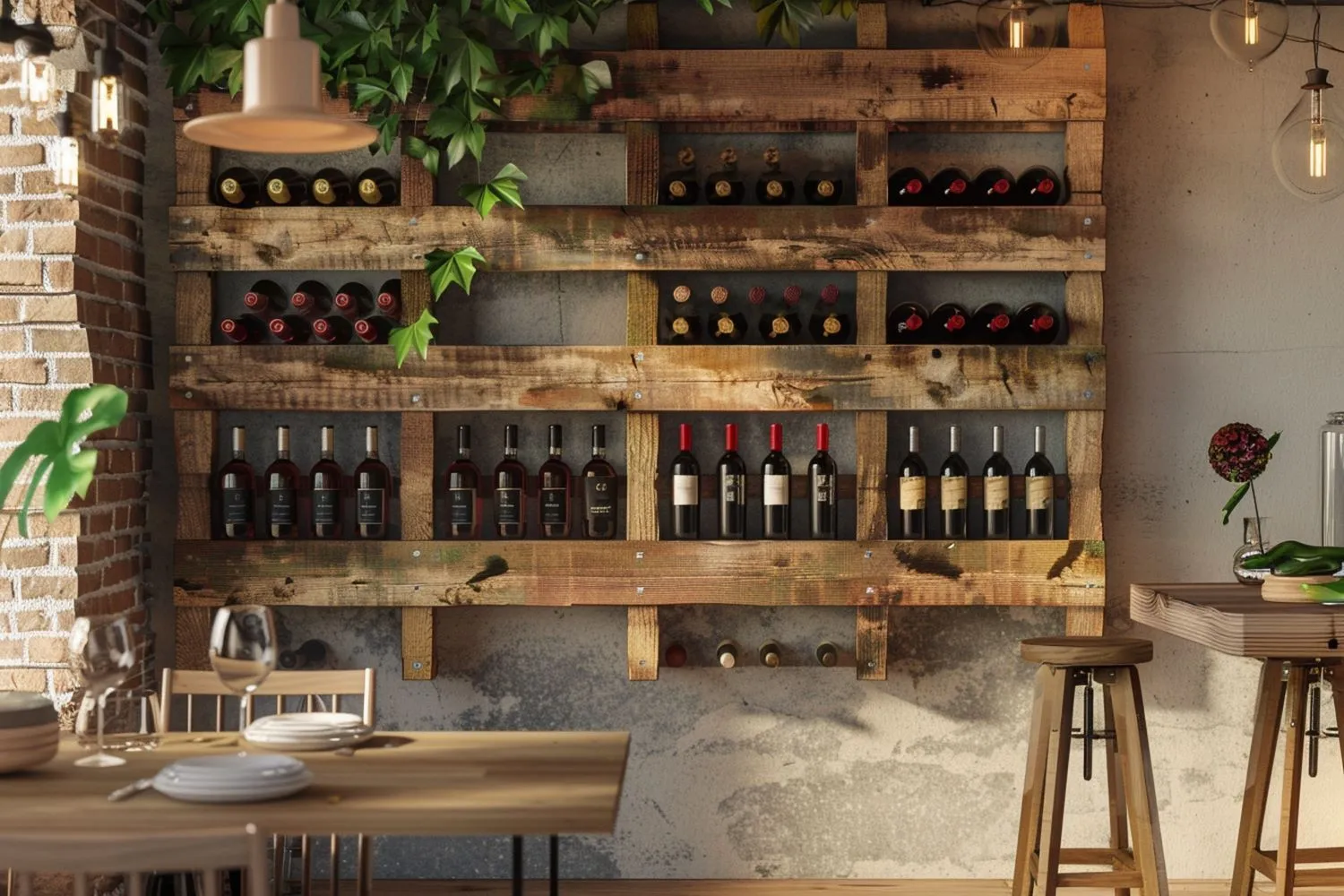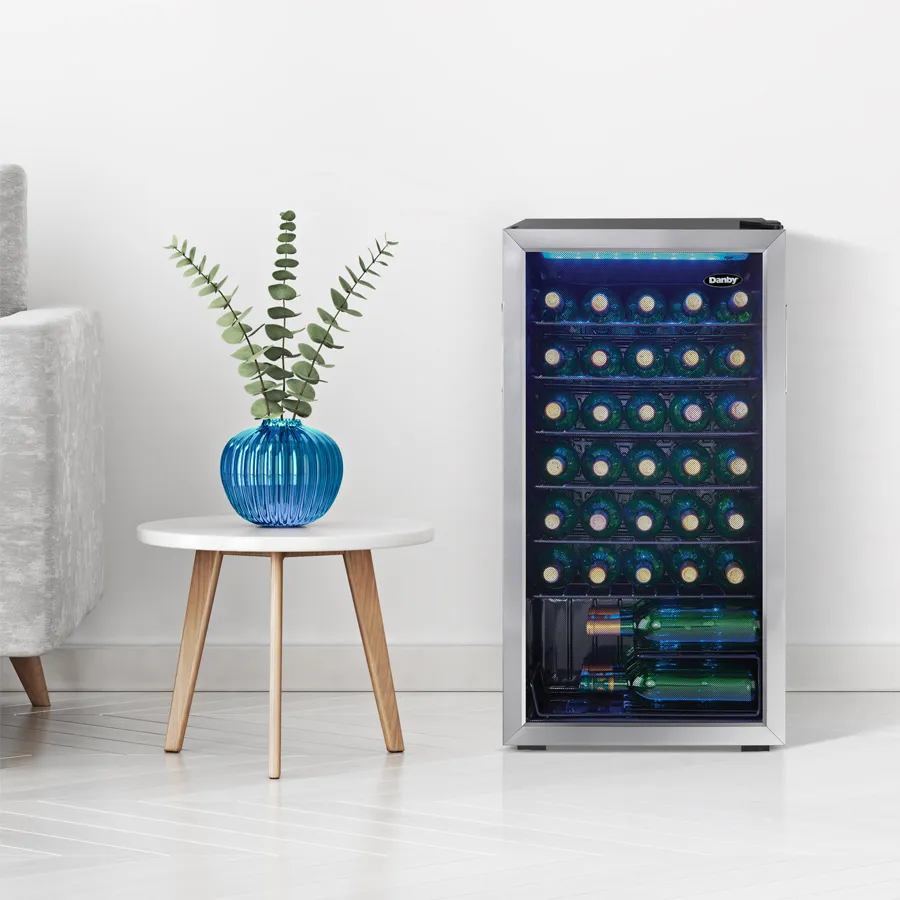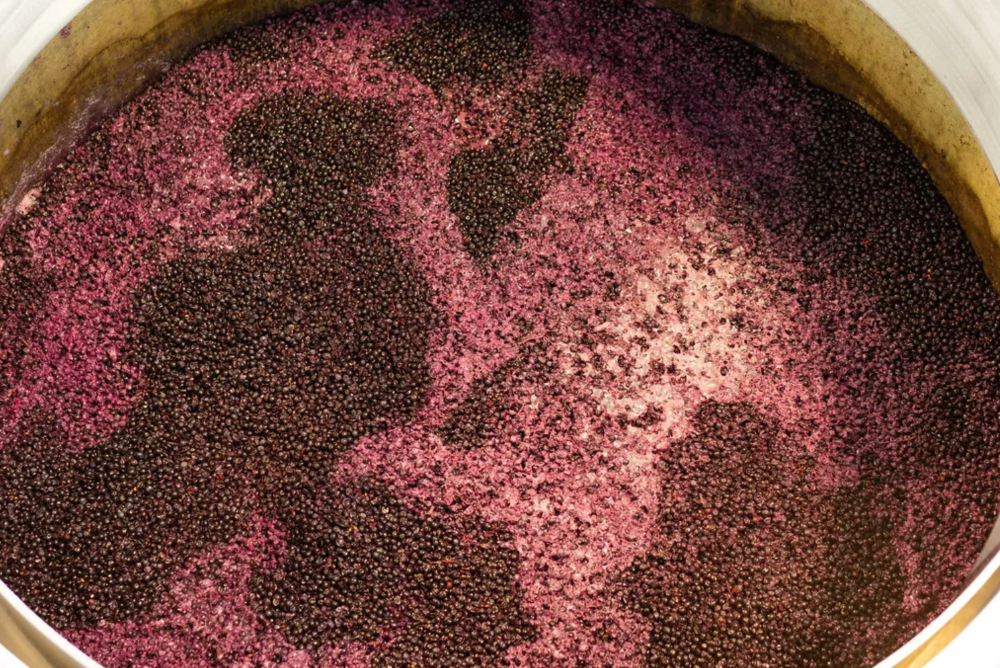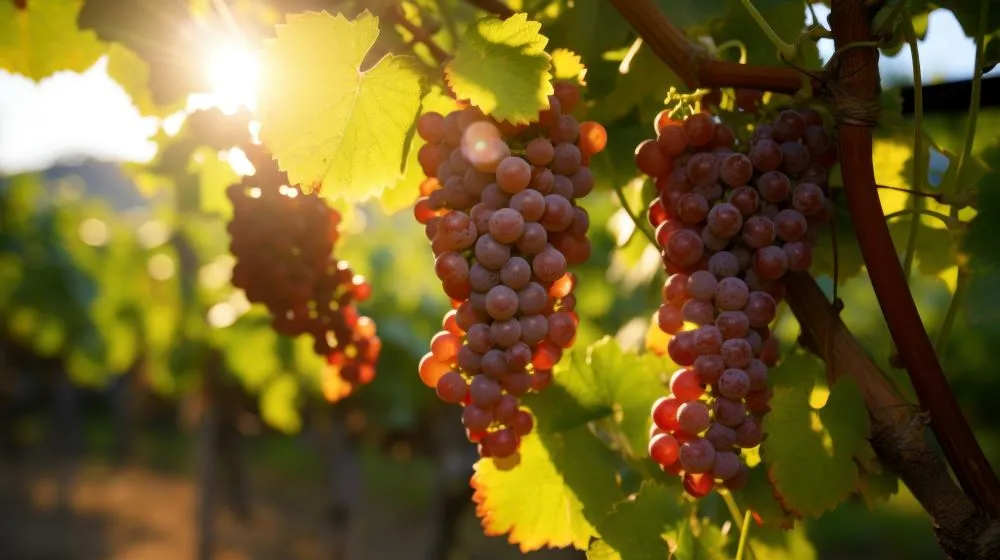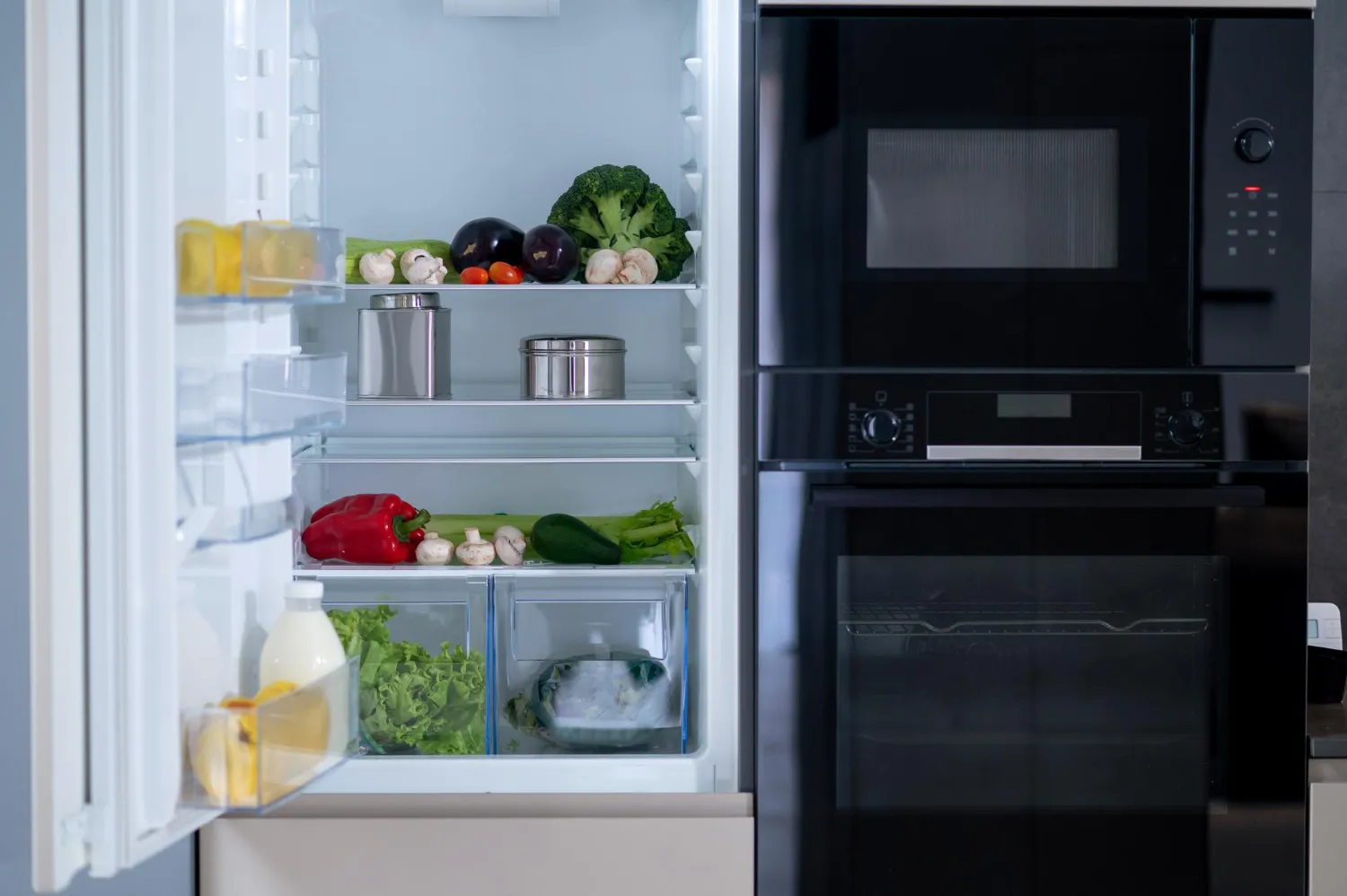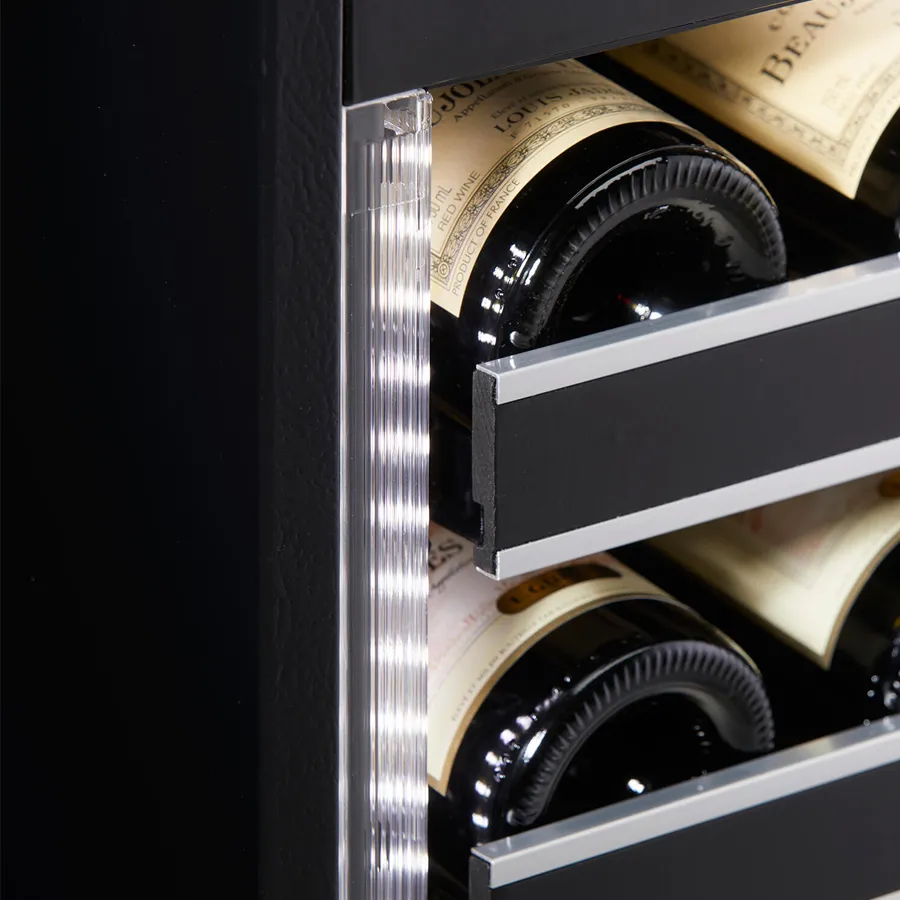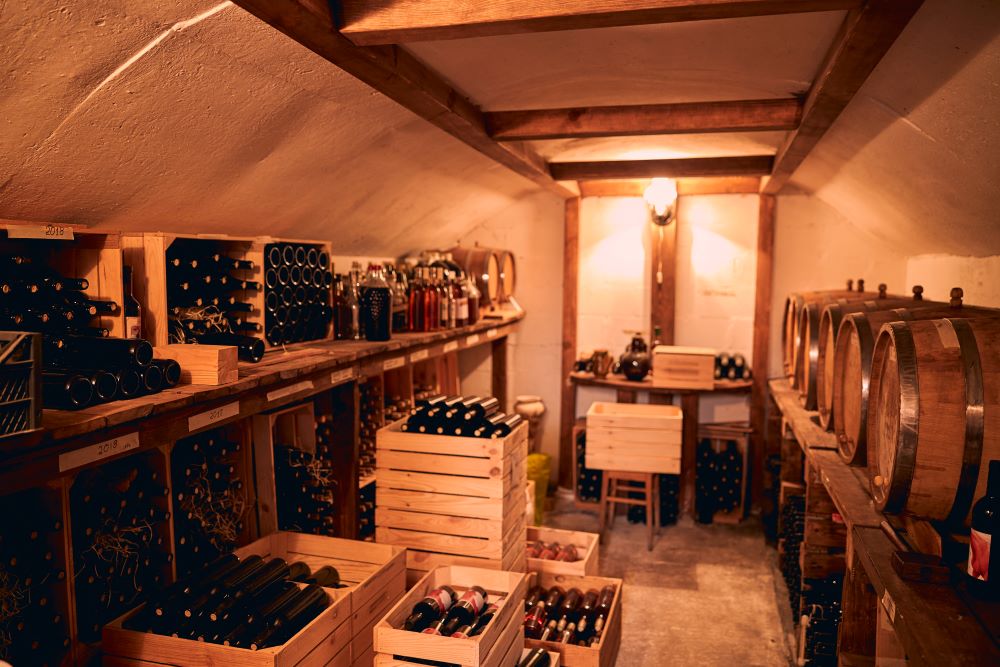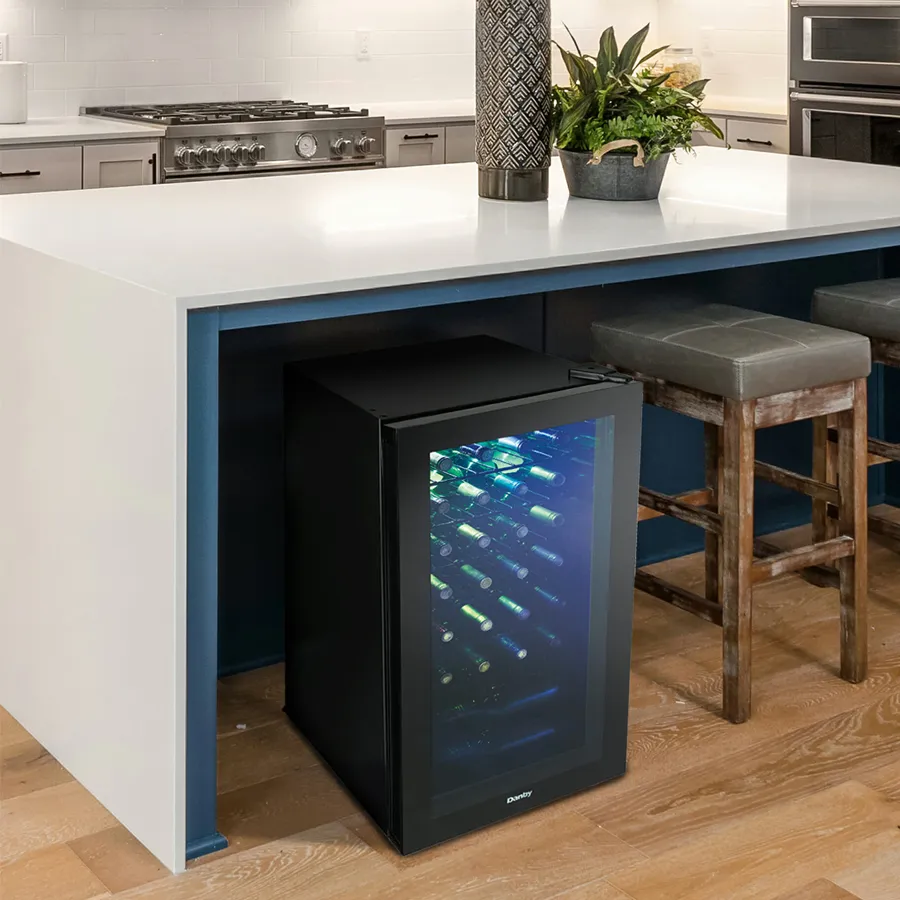As soon as you have made the decision to purchase a wine cellar, you will need to think about the different kinds that are available. Before making a choice, it is essential to have a thorough understanding of the distinctions between the various types because each one possesses its own set of distinctive characteristics and advantages. This article will provide you with an overview of the many types of wine cellars, which will assist you in selecting the one that is most suitable for your requirements.
| Passive Wine Cellars | Do not require electricity or additional cooling systems |
| Active Wine Cellars | Utilize cooling units to maintain the ideal temperature and humidity levels |
| Underground Wine Cellars | Can provide natural insulation and temperature control, but may be costly to build |
| Above-Ground Wine Rooms | Offer more flexibility in terms of design and customization, but may require additional cooling systems |
Passive Wine Cellars
A passive wine cellar doesn’t need any extra cooling equipment and requires nothing in the way of upkeep, making it an attractive alternative for those who value convenience. Natural insulation and ventilation are the key components of these cellars, which keep the wine at the perfect temperature and humidity. Keep in mind that places with very high humidity or very low temperatures might not be ideal for passive wine cellars.
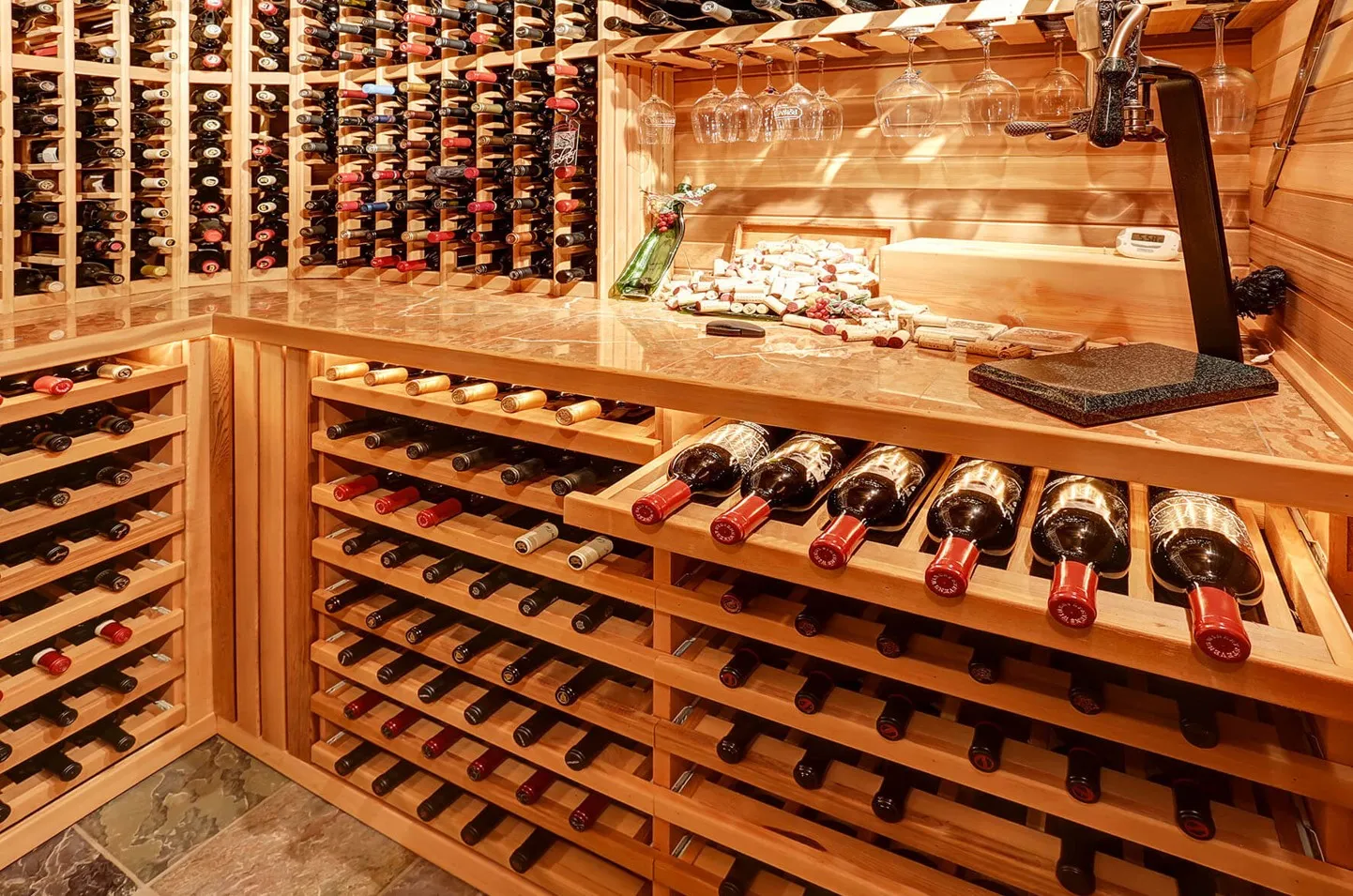
Those who prioritize ease of use will appreciate that a passive wine cellar doesn’t necessitate any additional cooling equipment or maintenance.
Active Wine Cellars
An active wine cellar with cooling units allows you to precisely adjust the storage conditions of your wine collection. Refrigerators control the humidity and temperature in these cellars, making them ideal for maturing and keeping wines. Although active wine cellars may be more energy intensive and need more frequent maintenance, they provide the assurance that your investment is safe.

With the help of refrigeration units, you can maintain an ideal environment for storing your wine collection in an active wine cellar.
Underground Wine Cellars
Wine connoisseurs who are up for a major renovation project can take use of Underground wine cellars’ inherent thermal properties. Because they are either partly or entirely subterranean, these caves offer constant storage conditions without requiring extensive cooling or heating. Nevertheless, you should think about the steep price tag and possible difficulties of digging and waterproofing an underground wine storage.
Above-Ground Wine Rooms
Consider an above-ground wine room if you’re looking for a more adaptable and visually beautiful solution for your house. You have the freedom to arrange your wine collection in an aesthetically pleasing manner in these rooms, and they can be customized to fit in with your current living area. The best storage conditions for wine, especially in warmer climes, may necessitate supplementary cooling devices for above-ground wine rooms.

